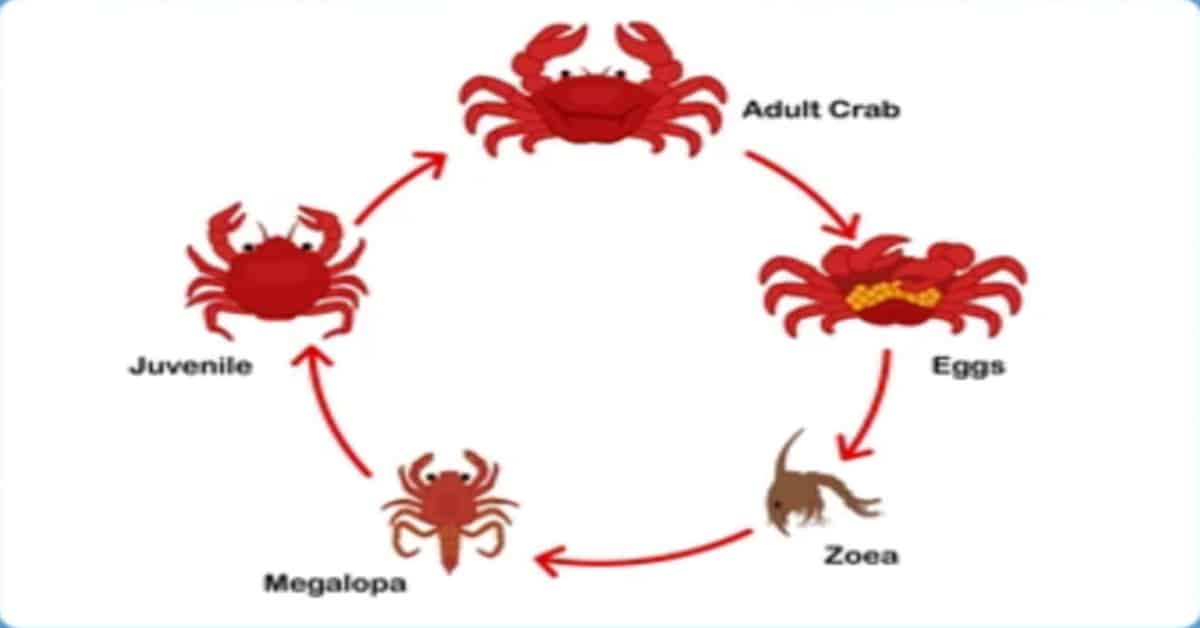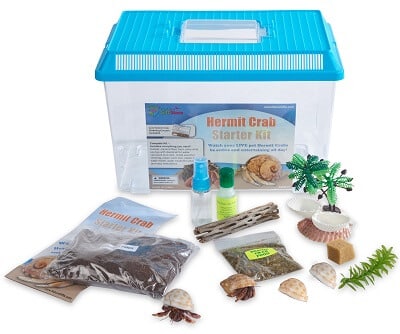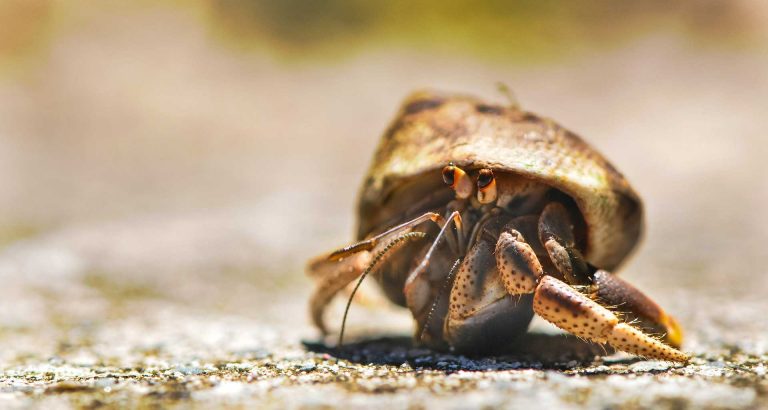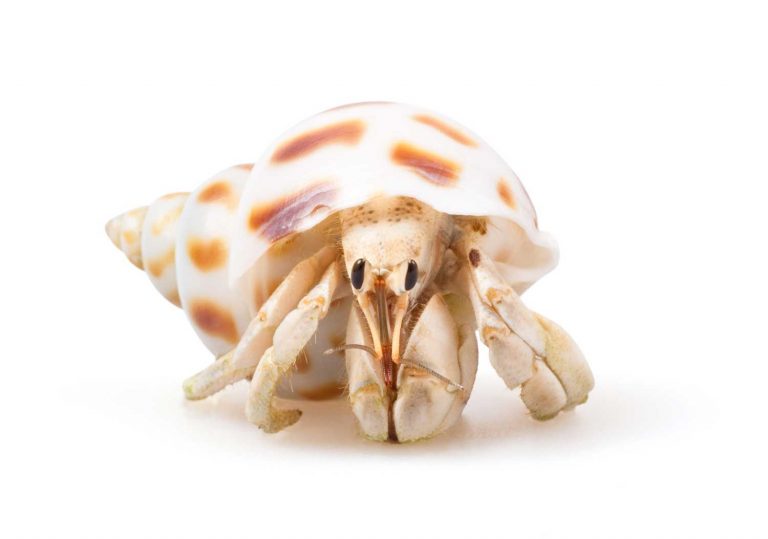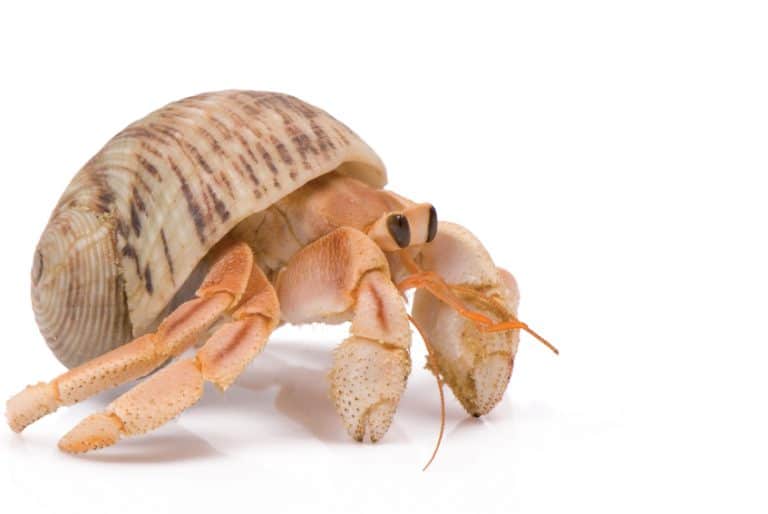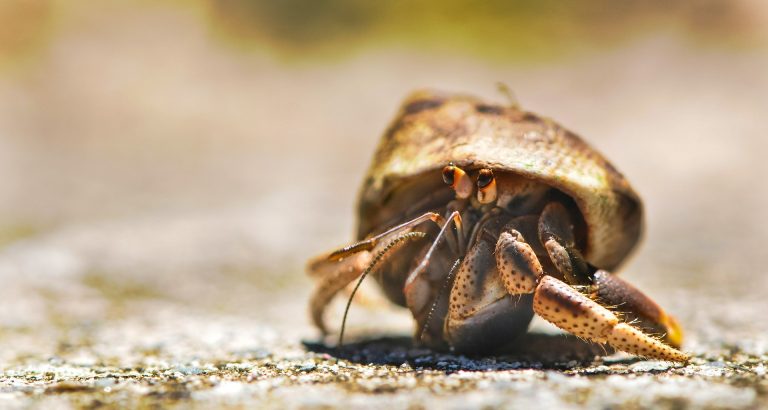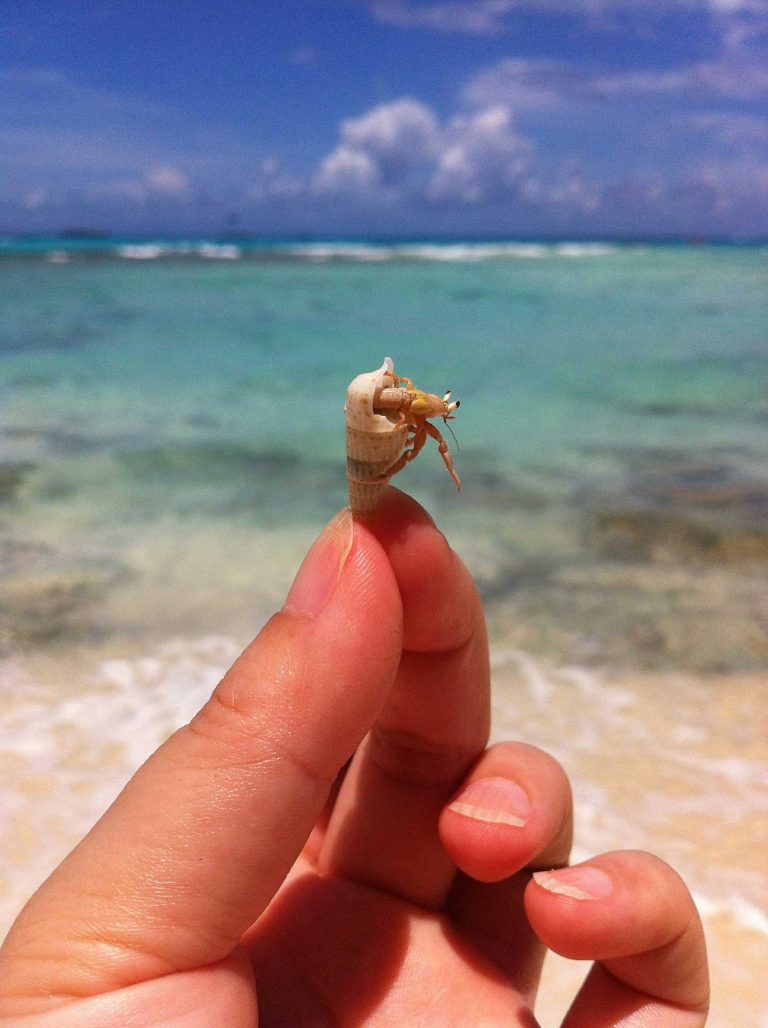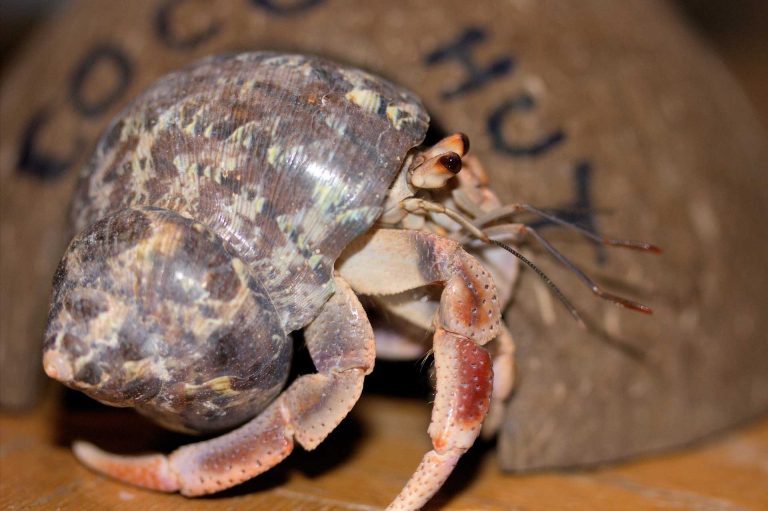Crab Life Cycle
Who hasn’t heard of these incredible creatures? Crabs now come in more than 6,700 different species and can live in various habitats, including freshwater, the salty ocean environment, and along the beach. While some live entirely on land, they are always close to water of some kind.
Did you know that crabs keep the environment clean? Well, that’s the truth, and they are highly significant animals. Additionally, they are a crucial food source for various other animals, including humans. The growth and development of cabs are also fascinating.
Like the human life cycle, the crab life cycle consists of several different life phases before becoming an adult. You’ll learn more about the characteristics of the crab life cycle in this article.
The Egg Stage
To understand the crab life cycle, we will track a crab from conception to reproduction. The female can store sperm in her body for up to a year before releasing eggs. After successfully mating with two adult crabs, the female crab starts to develop hundreds of eggs.
The entire development of these eggs can take two to nine months. Although you’ll never be able to determine a crab’s gender, you can discern the sex of a crab by the size of its abdomen. After being released, the eggs float until they mature into what we refer to as zoeae.
Crabs that breed in the fall or winter may delay hatching their eggs until warmer weather. The fertilized eggs are shed from the crab’s body when it extrudes and are laid beneath the apron, which is the abdomen that is curled under and has tiny appendages to which the eggs attach.
Due to the large amount of yolk in each egg, the egg mass initially appears orange; however, when the yolk is consumed, and the eyes form, the egg mass turns brown. The larvae emerge from the eggs after one to two weeks, and the crab life cycle moves to the next stage.
The Crab Larvae and the Molting Stages
The larva stage is the next stage of the crab life cycle. They are wholly distinct from the crab’s mature form. Crabs will go through seven larval stages between 31 and 49 days. Although she is slightly bigger than on stage before, she maintains the same appearance throughout. Crabs have an exoskeleton, or hard outer shell, even at this young age.
The larva must molt, which is defined as a shed or casting off of its shell, to develop and change phases. The exoskeleton breaks down during molting, allowing the soft-bodied larva to emerge from the tough shell once more. Crab larvae develop in open water in nearby places.
By allowing the crab larvae to spread outside their home, they adopt new habitats and increase variability in each reef region. However, it does suggest that crab larvae can travel several kilometers offshore on currents.
The majority of the time, crabs stay in their larval stages until they find an adequate home. They’ll settle down and start to develop into the adult stage of the crab life cycle once they find this place.
The Early Growing Phase
The larva of a crab or other comparable crustacean that is free to swim, known as zoeae, has well-developed abdominal appendages and may have one or more spines. Zoeae can easily hide from predators due to their small size (0.25 mm). The conditions in the sea will determine whether the zoeae eventually changes into what we refer to as megalops. Crabs typically progress through their larval stages faster in warmer water.
Megalops Stage
The crab enters a megalopa stage, one of the important parts of the crab life cycle, which lasts 6–20 days. The first stage toward developing the traditional crab form is when the body widens, and the legs stick out from the sides while the abdomen remains stretched out behind.
As the crab moves into the Megalops stage, it starts to look much more like a crab. After 12 to 18 months, our crab will no longer be in its juvenile stage; instead, it will molt and become bigger. During this stage of her life, the crab floats in the open ocean offshore due to the area’s relatively high salinity.
Diet
The megalopa enters estuaries with lower salinities, greater food, and easier access to safety. As a young animal, she is an omnivore, meaning that she will eat both plant and animal items, such as fish, shellfish, and aquatic plants.
Self-Protection
Crabs at this stage also need to stay away from predators including sheepshead, red drums, black drums, spotted sea trout, and other crabs. After 18–20 molts, the crab achieves adult size, having grown larger with each molt. Depending on the water’s salinity, temperature, and other environmental conditions, different amounts of growth occur with each molt.
The Adult Stage
The final stage of the crab life cycle is the adult stage. The female blue crab stays in the estuary throughout her adult life, though typically in water with higher salinity than males. Her molting rate increases in the warmer months; however, it seems that molting is inhibited by water temperatures above 30 celsius.
Blue crabs in more northern regions burrow in the mud to wait for spring during the chilly winter months when their activity diminishes. The majority of female blue crabs stop growing after their terminal molt. This molt starts when sexual maturity starts, which is when mating takes place. According to data, some females go through a second molt after they achieve sexual maturity, allowing them to produce more offspring.
The female migrates offshore into more salinity-rich water after mating, whereas the male spends his entire life in the estuary. They adopt several personas to live, and they go through the full crab life cycle. They may be preyed upon by large fish, birds, and mammals. They consume fish, crabs, worms, and mollusks, including humans.
If you’re like most nature admirers, chances are that you want to know what crabs eat. It is one of the most frequently asked questions and greatly impacts the crab life cycle. Adult crabs can eat both plants and animals since they are omnivorous. Coral crabs are fond of coral polyps. Ghost and fiddler crabs eat sand and mud, while box and pebble crabs use their feet to crack open snails and ingest the flesh.
Crab Mating Habits
The mating period is an important part of the crab life cycle. Crabs have a successful mating ritual and employ their means of communication to entice females. Their belly is shaped like a tail. On the abdominal flap, the tail is folded up. Turning the crab over reveals its sex with ease. The abdominal flaps of female crabs are oval-shaped, while those of male crabs are triangular. Crabs carry the female during mating, and the ritual is lengthy. They can stay in the mating position for three days.
Until they are ready for fertilization, the male crab’s sperm is kept underneath the female’s abdomen. To fertilize the eggs, the sperm flows on top of them. Once more, the female crab lays these fertilized eggs in a mass that resembles a sponge that is situated between the body and the belly flap. The eggs are correctly hardened by the female crab using her tiny legs, or pleopods before they develop into a berry-like structure.
The female continuously waves water over the pleopods, which aids in the health of the eggs. The female may seek out salty lagoons after mating. The larvae from the eggs hatch after two weeks of egg incubation and are then left in the water to fend for themselves. And the crab life cycle starts all over again.
Interesting Facts About Crabs
- Although the typical lifespan of a crab is 3 to 5 years, certain species can live up to 30 years. Nevertheless, a lot depends on the type of crab.
- Both lobsters and crabs have teeth in their stomachs. Crabs use these to digest their food, but interestingly, they also use them to frighten away predators by making noise.
- Crabs can move in any direction. However, they frequently move and rush sideways.
- Crabs have ten legs because they are decapods.
- The only species that can live on both land and water is the crab, despite having more physical similarities to prawns and lobsters than any other animal. They accomplish this by possessing gills and lungs.
- Crabs belonging to the Portunidae family have modified back legs known as swimmerets. The crab can move swiftly through the water because of its paddle-like legs, which revolve at a rate of 20 to 40 revolutions per minute.
- Predators, poor environmental conditions, and disease all have an impact on the millions of larvae that emerge from a single mother. But enough do survive to restore the colony and generate a new generation of crabs.
You can purchase a Hermit Crab Kit here or by clicking the image below.
Bottom Line – Crab Life Cycle
Crabs have a unique pattern in their growth and maturation, making them fascinating organisms. You now understand how they grow from an egg into the creatures that can be discovered on beaches all around the world and how the crab life cycle evolves. These complicated beings are a part of our incredible ecosystem, which enhances the beauty and diversity of our natural world.

Nato is a content writer and researcher with a background in psychology who’s eager to explore the wonders of nature. As a travel enthusiast and animal lover, she hopes to inspire others to discover and cherish the beauty and importance of the natural world.

